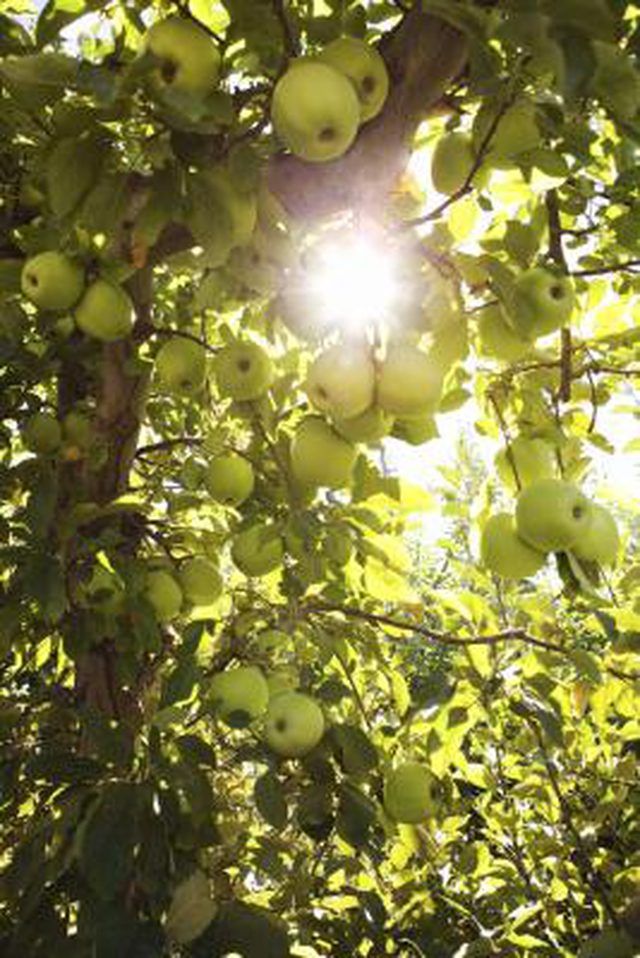Bulbs
Flower Basics
Flower Beds & Specialty Gardens
Flower Garden
Garden Furniture
Garden Gnomes
Garden Seeds
Garden Sheds
Garden Statues
Garden Tools & Supplies
Gardening Basics
Green & Organic
Groundcovers & Vines
Growing Annuals
Growing Basil
Growing Beans
Growing Berries
Growing Blueberries
Growing Cactus
Growing Corn
Growing Cotton
Growing Edibles
Growing Flowers
Growing Garlic
Growing Grapes
Growing Grass
Growing Herbs
Growing Jasmine
Growing Mint
Growing Mushrooms
Orchids
Growing Peanuts
Growing Perennials
Growing Plants
Growing Rosemary
Growing Roses
Growing Strawberries
Growing Sunflowers
Growing Thyme
Growing Tomatoes
Growing Tulips
Growing Vegetables
Herb Basics
Herb Garden
Indoor Growing
Landscaping Basics
Landscaping Patios
Landscaping Plants
Landscaping Shrubs
Landscaping Trees
Landscaping Walks & Pathways
Lawn Basics
Lawn Maintenance
Lawn Mowers
Lawn Ornaments
Lawn Planting
Lawn Tools
Outdoor Growing
Overall Landscape Planning
Pests, Weeds & Problems
Plant Basics
Rock Garden
Rose Garden
Shrubs
Soil
Specialty Gardens
Trees
Vegetable Garden
Yard Maintenance
How to Keep Japanese Beetles off Apple Trees Naturally
How to Keep Japanese Beetles off Apple Trees Naturally. The Japanese beetle (Popillia japonica Newman) is a plant pest that can damage leaves, flowers, and fruit of numerous plants, including apple trees (Malus domestica). Adult beetles are present from late May through late July, and inhabit the Eastern United States as far north as Minnesota, as...

The Japanese beetle (Popillia japonica Newman) is a plant pest that can damage leaves, flowers, and fruit of numerous plants, including apple trees (Malus domestica). Adult beetles are present from late May through late July, and inhabit the Eastern United States as far north as Minnesota, as far west as Iowa, and as far south as Georgia.
The Japanese beetle life cycle spans one year, including 4 to 6 weeks of above-ground activity, and grub growth underground the rest of the year. These pests may be controlled naturally with a consistent routine. Both the adult and grub forms of the beetle must be targeted for effective control.
Things You'll Need
Neem product spray
Gardening gloves
Bucket
Water
Dish soap
Vacuum
Cheesecloth
Japanese beetle traps
Shovel
Nematodes
Milky spore
Insecticide sprayer
Spray the tree with a neem product containing the neem-based insect repellant, azadirachtin. Alternatively, use an insecticide made from castor oil and pyrethrins, or kaolin clay. Wear gloves, and spray the tree foliage and flowers completely. For greatest effect, initial spraying should be done just before the beetles emerge. These products can provide deterrence for 3 to 4 days, and must be sprayed regularly during beetle flight.
Monitor the tree for Japanese beetles or signs of their activity. These beetles are only apparent at the height of their adult feasting and reproductive activity in late May to mid-July. The rest of their life cycle is spent underground.
Remove adult Japanese beetles, damaged foliage, prematurely ripened fruit and damaged fruit from the tree. The beetles can be removed by hand, or by using a hand-held vacuum cleaner. For hand-removal, fill a bucket with dish soap and water and knock the beetles off the plant into the water, using your hand or a stick. Approach the beetle from the top so it will not fly away. Physical removal of the beetles should be done daily during peak activity for greatest success, and is most easily performed in the morning, when the beetles are sluggish.
Place Japanese beetle traps at the perimeter of your property. Traps can attract and remove a significant percentage of the Japanese beetles in an area, but can actually increase the problem if they are not used with caution and in cooperation with neighbors. Improperly maintained, Japanese beetle traps can attract many more beetles than they catch. Place traps at least 20 to 30 feet away from the trees and other plants you are protecting, and tend and replace them properly.
Inspect your lawn for Japanese beetle grubs in late summer. Grubs are present in the turf by mid-August. Use a shovel to lay back a sample of the turf. Count the grubs in the top 3 inches of the dirt, then replace and water the turf. Repeat this process over several areas of your lawn to determine the density of the grub population and where treatment is necessary. If you find more than two to three grubs in a 6-by-6-inch square, treat the area for grubs.
Treat your turf for Japanese beetle grubs using nematodes or milky spore disease marketed for natural Japanese beetle grub control. Mix nematodes with water and apply to 70-degree soil using an insecticide sprayer. Then apply 1/4 inch of water to the area. Apply milky spore disease to the turf only when no other grub treatments have been used, when live grubs are present, and when the soil temperature is between 60 and 70 degrees.
Tips & Warnings
The presence of Japanese beetles attracts other beetles, as do damaged leaves and damaged fruit. Keep your trees cleaned of such attractants.
Trees can be covered with cheesecloth or a fine netting (less than 1/4 inch) to deter additional beetles.
Dry spots in the lawn often indicate grub activity, and should be sampled.
Two nematode strains are readily available for grub control: Heterorhabditis bacteriophora and Steinernema glaseri.
It can take several years for milky spore disease to be effective in the soil, and it can be effective only if Japanese beetle grubs are present to be infected and spread it.